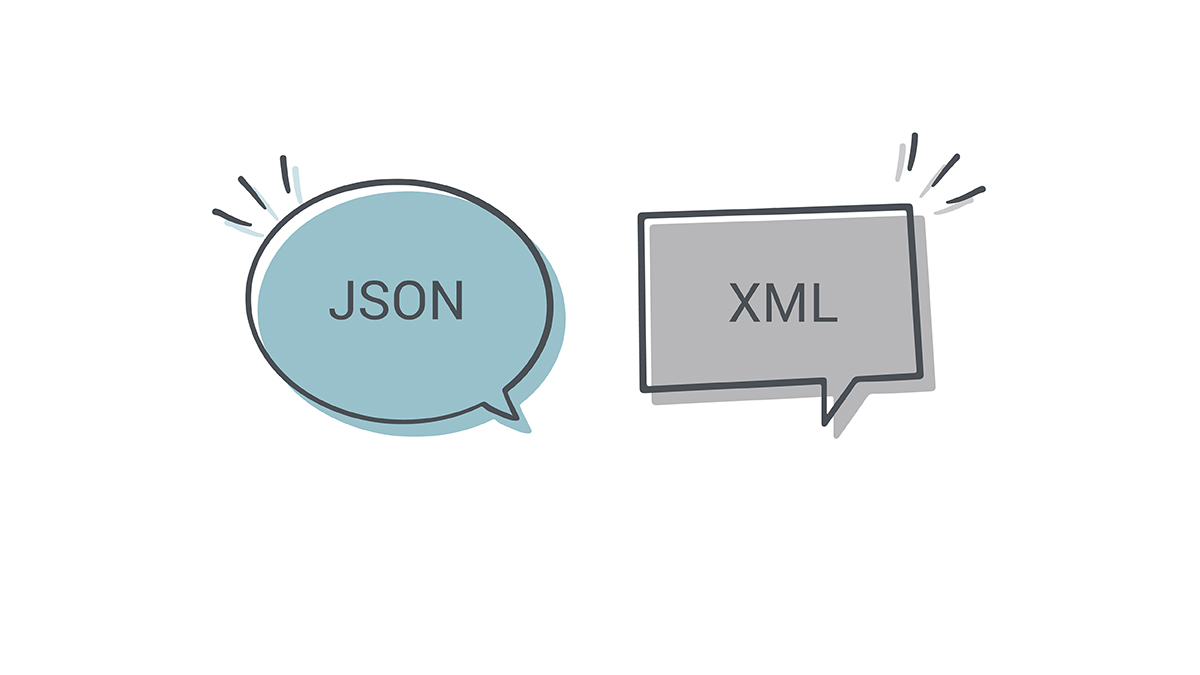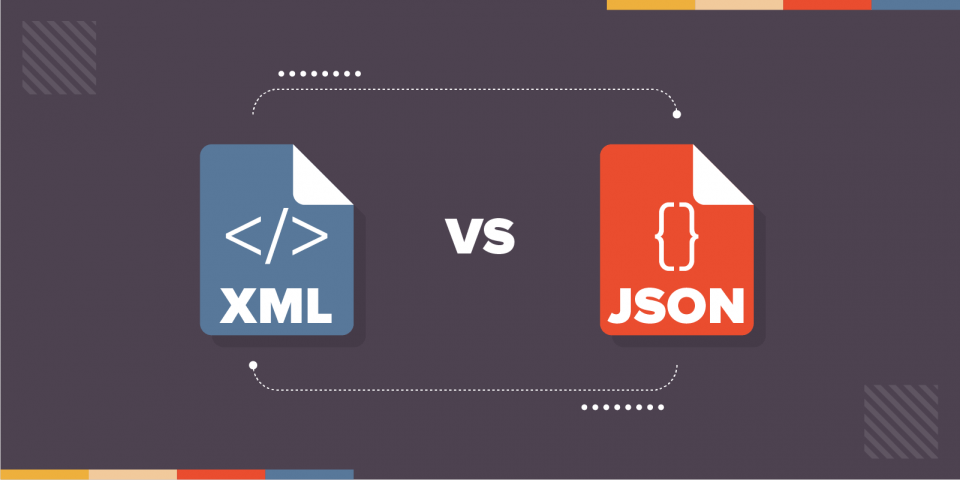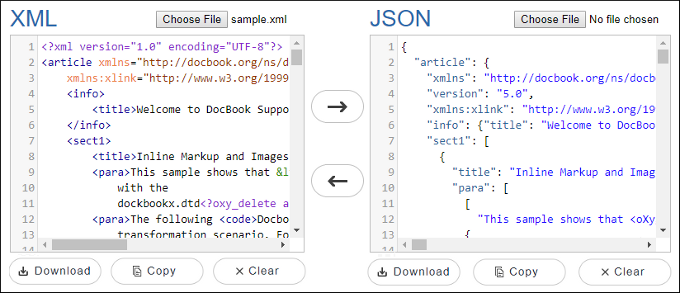Xml to JSON
The XML to JSON Converter tool allows you to convert XML data into JSON format, providing accurate and instant results. This tool is perfect for developers, data analysts, and anyone who needs to convert data between these two formats for various applications. The process is simple and efficient, ensuring precise conversions every time.
Result
Share on Social Media:
XML to JSON Conversion Tool by Pagestools: A Comprehensive Guide
Introduction
In the realm of data interchange formats, XML (Extensible Markup Language) and JSON (JavaScript Object Notation) are two of the most widely used standards. XML has been around for decades and is known for its flexibility and ability to represent complex data structures. JSON, on the other hand, is lighter and easier for both humans and machines to parse. Converting XML to JSON can be a challenging task due to the differences in their structures. Pagestools offers an efficient XML to JSON conversion tool that simplifies this process. This article will provide a comprehensive guide on using Pagestools’ XML to JSON conversion tool, highlighting its features, benefits, and use cases.
Key Features of Pagestools XML to JSON Conversion Tool

Easy-to-Use Interface
- User-Friendly Design: The tool is designed with simplicity in mind, ensuring that even users with minimal technical expertise can navigate and use it effectively.
- Drag and Drop Functionality: Users can easily upload XML files by dragging and dropping them into the interface.
Accurate Conversion
- Precision: The tool ensures that all elements, attributes, and hierarchical structures of the XML file are accurately converted into JSON format.
- Data Integrity: Maintains the integrity of the original data during the conversion process.
Advanced Features
- Batch Conversion: Allows users to convert multiple XML files to JSON in one go, saving time and effort.
- Custom Mapping: Users can define custom mapping rules to control how XML elements and attributes are converted to JSON keys and values.
- Error Handling: Provides clear error messages and logs to help users troubleshoot and resolve issues during the conversion process.
Performance and Compatibility
- Fast Processing: Optimized for speed, the tool can handle large XML files and convert them to JSON quickly.
- Cross-Platform Support: Accessible from any web browser, including Chrome, Firefox, and Safari, and compatible with various operating systems like Windows, macOS, and Linux.
Security
- Data Privacy: Ensures that all data is processed securely, with no risk of unauthorized access or data leaks.
- No Data Storage: The tool does not store any user data, ensuring privacy and security.
Benefits of Using Pagestools XML to JSON Conversion Tool

Simplified Data Interchange
- Interoperability: Facilitates data interchange between systems that use different formats, enhancing interoperability.
- Integration: Simplifies the integration of data from XML-based systems into modern applications that use JSON.
Improved Performance
- Lightweight Data: JSON is lighter than XML, resulting in faster data transmission and improved performance of web applications.
- Ease of Use: JSON is easier to read and write, both for humans and machines, making it a preferred choice for many developers.
Versatility
- Wide Application: Suitable for various applications, including web development, mobile app development, and API integration.
- Scalability: Can handle data of varying sizes and complexities, from simple configurations to complex data structures.
How to Use Pagestools XML to JSON Conversion Tool
Step-by-Step Guide
- Access the Tool: Navigate to the Pagestools website and select the XML to JSON conversion tool.
- Upload XML File: Use the drag-and-drop feature to upload your XML file, or click on the upload button to select the file from your computer.
- Configure Settings: Adjust the conversion settings as needed. You can define custom mappings, handle namespaces, and configure other options.
- Convert: Click the "Convert" button to start the conversion process. The tool will process the XML file and generate the corresponding JSON output.
- Download JSON: Once the conversion is complete, download the JSON file to your computer.
Advanced Configuration Options
- Custom Mapping: Define rules for how XML elements and attributes should be converted to JSON keys and values.
- Namespace Handling: Configure how XML namespaces should be treated during the conversion process.
- Pretty Print: Enable pretty print to make the JSON output more readable by adding indentation and line breaks.
Use Cases for XML to JSON Conversion

Web Development
- API Integration: Many modern web APIs use JSON as the standard format for data interchange. Converting XML to JSON allows seamless integration with these APIs.
- Frontend Development: JSON is easier to work with in JavaScript, making it a preferred choice for frontend developers.
Data Migration
- Legacy Systems: Many older systems still use XML for data storage. Converting this data to JSON facilitates migration to newer systems and applications.
- Data Analysis: JSON’s simplicity makes it easier to parse and analyze data, making it ideal for data analysis tasks.
Mobile App Development
- Lightweight Data Format: JSON’s lightweight nature makes it ideal for mobile applications, where performance and data usage are critical considerations.
- Ease of Use: JSON’s ease of use and compatibility with JavaScript make it a preferred format for mobile app developers.
SEO Optimization Tips for XML to JSON Conversion Tool
Targeted Keywords
To optimize the Pagestools XML to JSON conversion tool for SEO, it is essential to use targeted keywords effectively. Some of the most relevant keywords include:
- XML to JSON
- Convert XML to JSON
- XML to JSON converter
- Online XML to JSON tool
- XML JSON conversion
- JSON conversion tool
Content Optimization
- Keyword Density: Ensure that the targeted keywords are naturally integrated into the content, maintaining a keyword density of around 1-2%.
- Meta Tags: Use relevant keywords in the meta title, description, and header tags to improve search engine rankings.
- Alt Text: Include descriptive alt text for images that include the targeted keywords.
Quality Content
- Informative Content: Provide detailed and informative content that addresses the needs and queries of users searching for XML to JSON conversion tools.
- User Experience: Ensure that the content is well-organized and easy to read, with clear headings, bullet points, and short paragraphs.
- Regular Updates: Keep the content updated with the latest features, improvements, and industry trends to maintain relevance and authority.
Backlink Strategy
- Quality Backlinks: Obtain backlinks from reputable websites and blogs in the tech and data processing niches.
- Guest Blogging: Write guest posts on related topics and include links back to the Pagestools XML to JSON conversion tool.
Social Media and Online Presence
- Social Media Sharing: Promote the XML to JSON conversion tool on social media platforms to increase visibility and drive traffic to the website.
- Community Engagement: Participate in online communities, forums, and discussion boards related to web development and data processing, and share the tool as a valuable resource.
Conclusion
Pagestools’ XML to JSON conversion tool is a powerful and versatile solution designed to simplify the process of converting XML data to JSON format. With its user-friendly interface, accurate conversion, and advanced features, it caters to the needs of developers, data analysts, and general users alike. By following the SEO optimization tips provided in this guide, you can enhance the online visibility of the tool and attract more users seeking efficient XML to JSON conversion solutions.
Whether you are integrating data between systems, migrating legacy data, or developing modern web and mobile applications, the XML to JSON conversion tool by Pagestools offers the capabilities and ease of use that you require. Explore the tool today and experience seamless XML to JSON conversion, enhancing your data interchange and processing workflows.